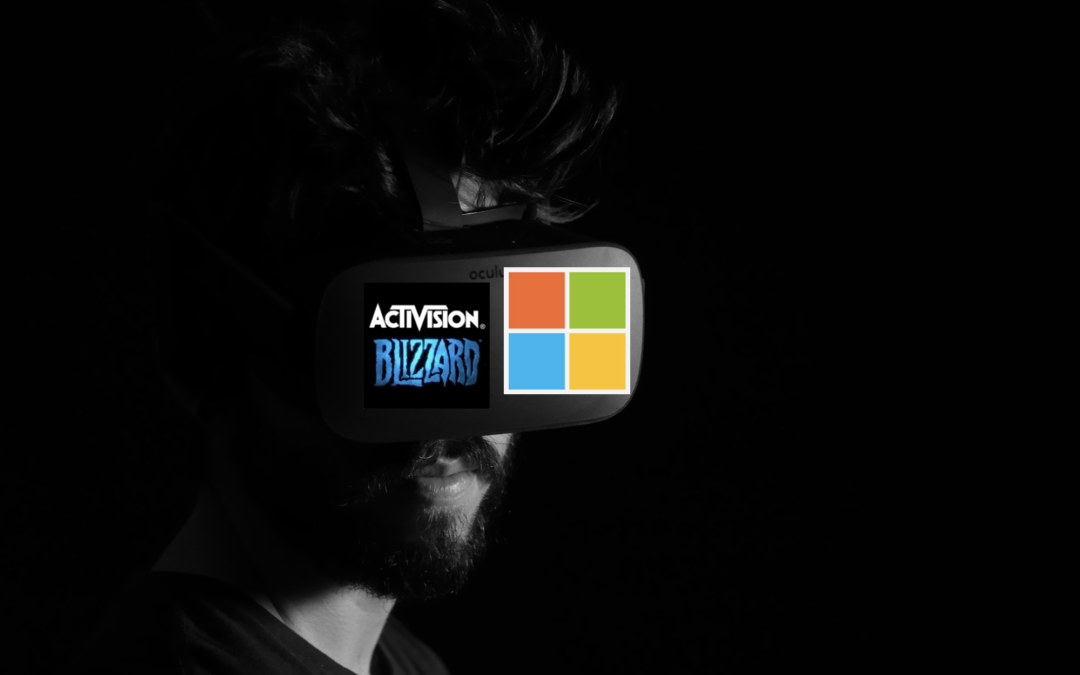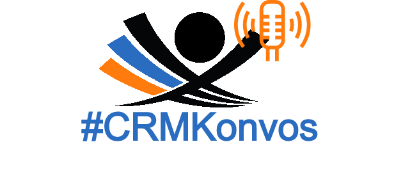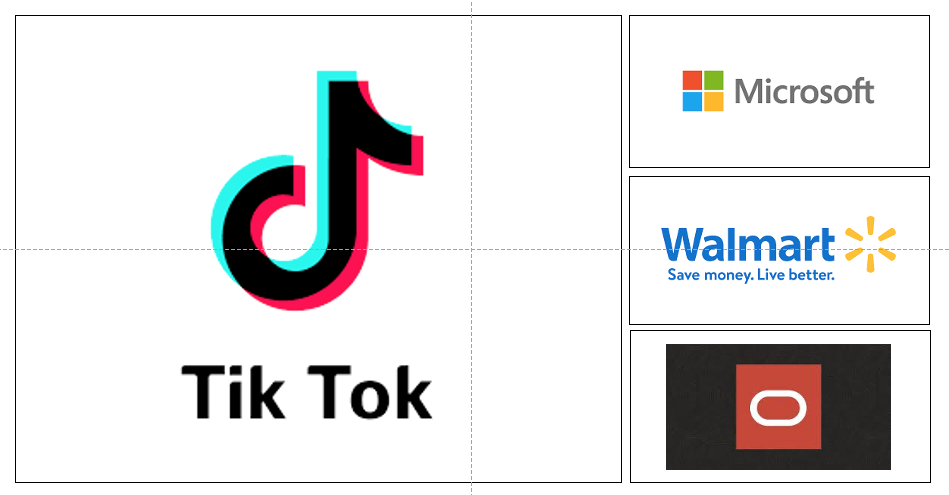
by twieberneit | Jan 19, 2022 | Analysis, Blog |
The News On January 18, 2022, Microsoft announced the intention to acquire Activision Blizzard with the vision of bringing the joy and community of gaming to everyone, for $95 per share, which equals a transaction value of $68.7 bn. This is a bit more than eight times of the revenue that Activision Blizzards expect to have in the fiscal year 2022. With this acquisition, Microsoft can add 400 million monthly active users to the already existing 25 million Game Pass holders. Until the acquisition closes, the companies will run independently. After completion of the transaction, Activision Blizzard wil report to Phil Spencer, the newly appointed CEO of Microsoft Gaming. This acquisition makes Microsoft the third largest gaming company by revenue, after Tencent and Sony. The stock markets reacted with a sharp increase of Activision Blizzard shares to about $87, while Microsoft stock largely followed its pre-existing slight downward trajectory. Here my analysis in a brief video. The bigger Picture We have currently around 3 billion people and growing, who are actively gaming. Millennials and younger do not even know a world without social media and smart phones. They often play using mobile devices. Microsoft, on the other hand, is available on basically every device and offers quite some hardware, too, either directly or via partners. Additionally, Microsoft already before was a known entity in the gaming market, e.g. owning gaming platforms like Minecraft and Doom. Still, according to Shacknews, Microsoft seems to have missed the own growth targets, even though an increase of Game Pass holders from 18 million to 25 million in the year 2021 is quite significant. Apart from the...

by twieberneit | Dec 10, 2021 | Blog |
The year 2021 comes to an end. More than three years have gone by since the last look at the Clash of Titans, an analysis of how the then big 4.5: Microsoft, Oracle, Salesforce, SAP, and Adobe – along with some other players, are shaping the greater CRM and CX arena. A lot has changed since Thomas Wieberneit published his 2018 series that consisted of 4 articles: Platform PlayMicrosoft and SAP weigh inThe War Cry: Oracle and SalesforceThe IaaS Platform Providers It is obvious that the commoditization of the business application continues, and the vendors’ focus on the underlying platform has even increased since 2018. CRM, and enterprise software in general, has always been a platform play although this has not always been recognized and sometimes even negated. Two obvious reasons for it being a platform play is that the creation of positive customer and user experiences needs a consistent technical platform, or we end up with engagements that are fragmented across interactions. This results in inconsistent and poor experiences. The second reason is that it needs a technological platform to enable and grow a thriving ecosystem. Vinnie Mirchandani in January 2020 stated that Enterprise Software Platforms have so far underperformed. Mirchandani looked at Microsoft, SAP and Salesforce. He basically argues, without providing too many details, that the major enterprise software vendors’ platforms are all lacking ambitious goals and do not aim high enough. One of his major points is that none of these vendors has put enough emphasis in empowering, nurturing and growing their respective partner ecosystems to take advantage of the software platforms by augmenting the applications delivered by the platform vendor...

by twieberneit | Dec 8, 2021 | Blog |
These days every significant software vendor and some others, too, is positioning itself as a CX- and/or a platform player. By now, it is well known, what it means to be a platform player, and this is also not the main topic of this post. Just as much: In order to be a significant CX player, one quite simply needs to be a platform player. Also, regardless of whether one has a platform or not, if everyone is a CX and a platform player, then obviously this is nothing that differentiates one vendor from the other anymore. Customers meanwhile nearly expect a set of solutions by one vendor being built upon one platform – or at least to appear like they are built on one platform. This basically means that “platform” as a thing to emphasize on has reached its zenith. And then, there is an additional problem associated with the platform game. A platform market is a kind of a winner takes it all market. Following the analysis and argumentation of Ray Wang in his new book Everybody Wants to Rule the World, in a platform market there will be only two major players. All other players are becoming insignificant or will vanish. While this sounds somewhat dystopian the point that I want to make is that there will not be a great many successful and strong players in a platform market. To use a metaphor, at one point in time a few vendors will have created enough gravity to become the entity that customers are attracted to. It is also visible that the first vendors have understood this and are acting...

by twieberneit | Sep 25, 2020 | Blog, CRMKonvos |
#BeyondCXM. To turn customers and employees into fans as a possibiility to achieve sustainable business is what Ralf Korb and Thomas Wieberneit as hosts discussed with Dr. Winfried Felser and Marc Schmid, CEO of Novadoo. Sometimes the magic of customer experience if found beyond normal processes and classic expectations and therefore individual, consumable, experiences. This happens especially if one offers a genuine and heartfelt ‘Thank you’ and with that creates an emotional bondo or relationship with the customer, instead of just a transactional one. Leading up to this: What are companies like Microsoft, Oracle, Salesforce, SAP, or Zoho currently doing and how can these developments help with a Corona restart with ten times the current possibilities? Big topics, discussed in this CRMKonvos episode. The episode is in German...

by twieberneit | Sep 15, 2020 | Analysis, Blog |
Will ByteDance be able to sell some of its non-Chinese TikTok business or not? TikTok, the app that is all the rage with millenials who post thirty second movie clips and seem to have tremendous fun with it. And which got valued at more than $ 50 bn US before it was threatened with a ban in the US. It is less than a week to the deadline for an enforced shut down of the infrastructure. Time to jot down a number of seemingly, but not so random thoughts. Microsoft, in combination with Walmart, and Oracle, along with some unnamed additional investors, appear to be the frontrunners for making a deal. There are rumours about at least Twitter and Netflix showing some interest, too. If they are allowed to make a deal, and then willing to make it given the boundaries that are set by both, the US and the Chinese governments. There is tremendous pressure exerted by the US government citing a threat to national security because it could provide data about US users to China. This would make it necessary to ban the app in the USA if the US business stays under Chinese control. India already banned the app back in June 2020. China, in turn, updated its export control rules, restricting the export of “technology based on data analysis for personalized information recommendation services” (login required). This is pretty much exactly what TikTok does. This means that the sale of technologies that are implemented by TikTok are now subject to ByteDance as the owner of TikTok getting a governmental approval. It is not unreasonable to...






